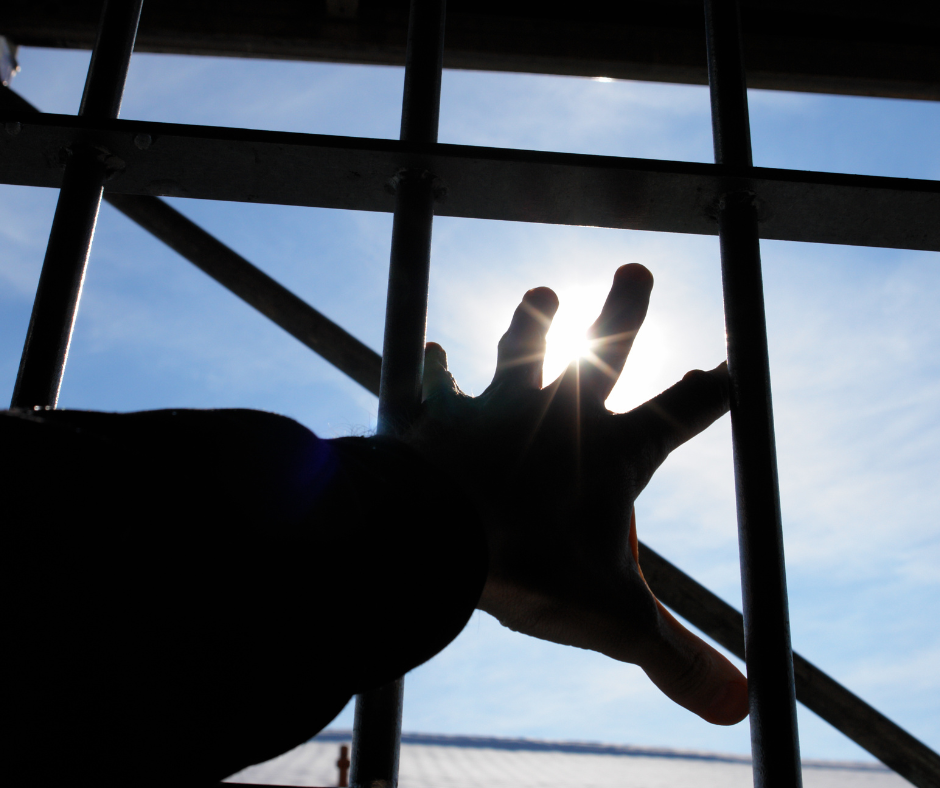Introduction: The Debate Around Bail Systems
The bail system plays a crucial role in the justice system by allowing individuals accused of crimes to remain free while awaiting trial. However, the fairness and justice of this system have been widely debated. Critics argue that it disproportionately affects low-income individuals, leads to overcrowded jails, and often punishes the innocent before a trial even begins. Proponents claim that bail ensures defendants appear in court and prevents potential risks to public safety.
With rising concerns about social justice, human rights, and economic disparities, it’s time to analyze the fairness and effectiveness of the current bail system.
Understanding the Bail System
Bail is a financial arrangement that allows an accused person to be released from custody in exchange for a sum of money or property as collateral. The primary goal of bail is to ensure the accused returns for court proceedings while preventing unnecessary detention.
How Does the Bail System Work?
- Arrest & Charges: An individual is arrested and charged with a crime.
- Bail Hearing: The judge determines whether the accused is eligible for bail and sets an amount based on various factors.
- Payment of Bail: The accused (or a bail bondsman) pays the bail amount to secure release.
- Court Appearance: If the defendant attends all hearings, the bail amount is refunded. If they fail to appear, they forfeit the money, and an arrest warrant is issued.
Factors That Influence Bail Decisions
- Severity of the Crime – More serious offenses often result in higher bail amounts or denial of bail.
- Criminal History – Repeat offenders may receive harsher bail conditions.
- Flight Risk – If the accused has a history of fleeing court proceedings, bail might be denied or set high.
- Threat to Society – If the accused is deemed dangerous, bail may be refused.
- Financial Situation – In some cases, ability to pay is considered, but often, those with financial means can secure release while poorer defendants remain in jail.
Is the Bail System Fair? The Key Issues
1. The Bail System Discriminates Against the Poor
One of the most significant criticisms of the bail system is its impact on low-income individuals. Those who cannot afford bail are forced to remain in jail while wealthier defendants walk free. This leads to:
- Pretrial Detention for Non-Violent Offenders – Many people remain behind bars for months or even years simply because they can’t afford bail.
- Job Loss and Financial Hardship – Extended detention often leads to job loss, eviction, and a cycle of poverty.
- Coerced Plea Bargains – Many innocent people plead guilty just to get out of jail because fighting the charges while detained is too difficult.
Example: Studies show that 60% of people in U.S. jails have not been convicted of a crime but are awaiting trial because they can’t afford bail.
2. Racial and Social Disparities in Bail Decisions
Research has consistently shown that bail decisions are often influenced by racial and social biases. Studies indicate that:
- Black and Hispanic defendants receive higher bail amounts than white defendants for similar crimes.
- Judges sometimes set subjective bail amounts based on assumptions rather than case specifics.
- Bail bond companies exploit vulnerable groups, charging high fees for securing release.
3. Overcrowding of Jails Due to Unfair Bail Practices
Jails are filled with people who have not been convicted of a crime, leading to:
- Overcrowded detention facilities with poor conditions.
- Higher taxpayer costs to maintain detainees.
- A backlog of court cases due to high pretrial detention rates.
Example: In India, over 70% of prisoners are under trial—many of whom are detained simply because they cannot afford bail.
4. The Bail Bond Industry: A Profit-Driven System
The commercial bail bond industry plays a controversial role in the justice system. Bail bondsmen charge non-refundable fees (often 10-15%) to secure an accused person’s release. This means:
- Defendants and their families may go into debt to secure release.
- Bail bond companies profit off people’s desperation.
- Those with financial resources can buy their freedom, while the poor remain incarcerated.
5. The Risk of Public Safety vs. Unjust Detention
Some argue that bail ensures public safety by preventing dangerous criminals from being released. However, the system often fails to distinguish between non-violent offenders and high-risk individuals. Many violent offenders with financial resources manage to secure release, while non-violent defendants remain behind bars due to poverty.
Example: In some high-profile cases, wealthy criminals charged with serious offenses were released on bail while low-income individuals accused of petty crimes were denied release.
Proposed Reforms: A More Just and Equitable Bail System
To address the flaws in the bail system, many countries and states are considering reforms. Some of the most effective strategies include:
1. Eliminating Cash Bail for Non-Violent Offenders
- Instead of requiring money for release, courts could use risk assessments to determine whether a defendant should be detained.
- New Jersey eliminated cash bail in 2017 for most non-violent offenses, reducing pretrial detention rates without increasing crime.
2. Pretrial Supervision Programs
- Alternative measures like electronic monitoring, regular check-ins, and community supervision can ensure defendants return to court.
- These programs cost significantly less than detaining individuals in jail.
3. Fairer Risk Assessments
- Using data-driven algorithms rather than subjective judgment can make bail decisions more equitable.
- AI-powered risk assessments can analyze factors like criminal history and community ties without racial bias.
4. Expansion of Public Defender Services
- Many defendants lack proper legal representation. Expanding public defender programs can help low-income individuals secure fair bail hearings.
5. Ending the For-Profit Bail Bond Industry
- Some states like Illinois and California have taken steps to eliminate cash bail and replace it with fairer pretrial release systems.
- Strict regulations on bail bond companies can prevent exploitation.
The Future of Bail: Towards a More Just System
As societies push for greater justice reform, the bail system must evolve. While public safety remains a priority, ensuring equal access to justice is equally important. Moving towards a risk-based, rather than wealth-based system is crucial for fairness.
Key Takeaways:
The current bail system disproportionately affects the poor and minorities.
Pretrial detention causes job loss, financial ruin, and coerced guilty pleas.
Bail bond companies profit from a system that criminalizes poverty.
Reforms like eliminating cash bail and using risk-based assessments can create a fairer system.
The justice system should focus on public safety, not wealth-based detention.
Is the current bail system fair and just? The evidence suggests otherwise. But with continued reforms and public pressure, a more equitable and effective justice system is possible.
Final Thoughts
The bail system is at a crossroads—will we continue a two-tiered justice system where wealth determines freedom, or will we embrace reforms that ensure justice for all?
The choice is ours. The time for change is now.






